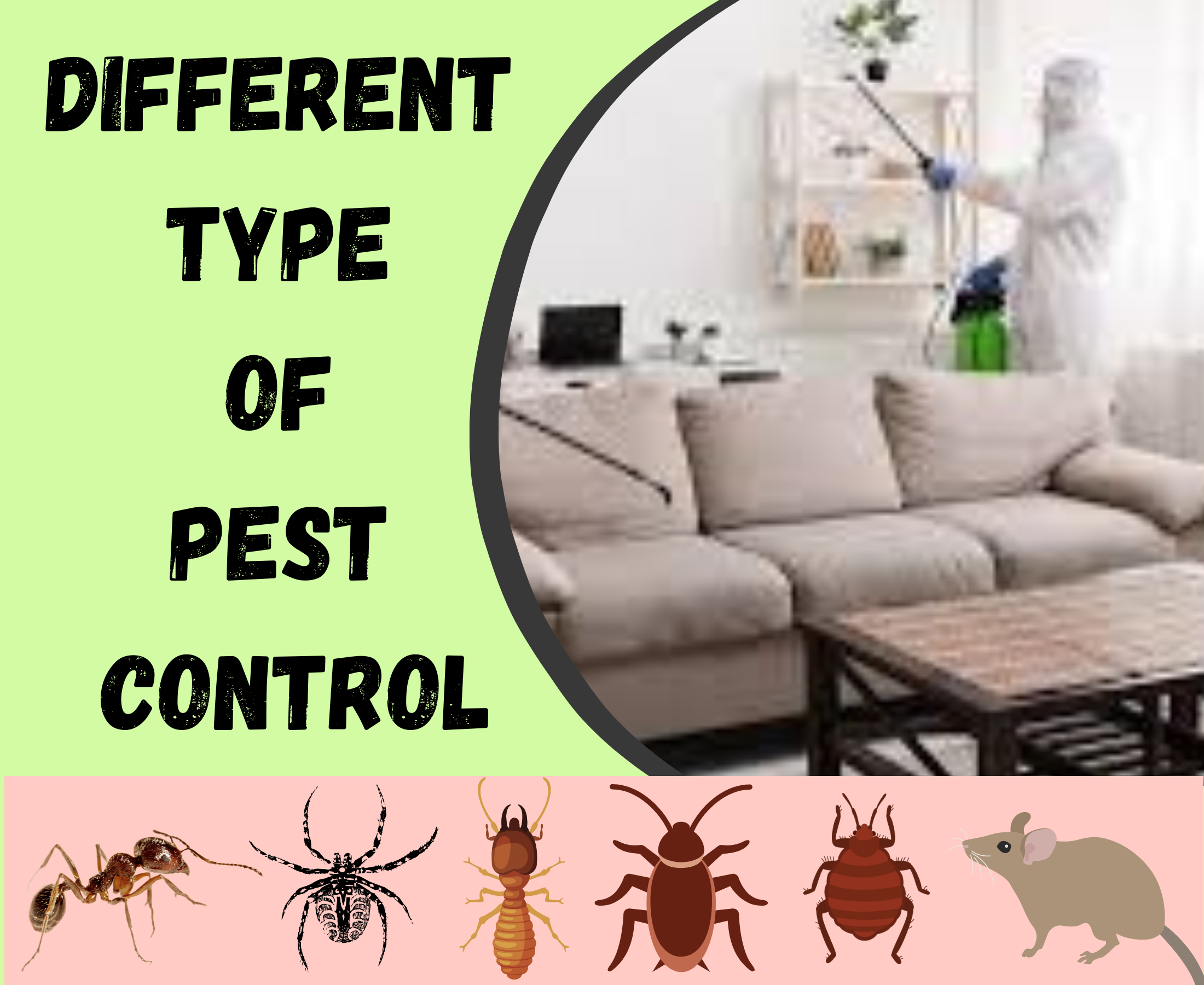Excitement About Pestwise
Excitement About Pestwise
Blog Article
Some Ideas on Pestwise You Need To Know
Table of ContentsThe Of PestwiseThe smart Trick of Pestwise That Nobody is DiscussingThe 10-Second Trick For PestwiseNot known Details About Pestwise How Pestwise can Save You Time, Stress, and Money.The Ultimate Guide To PestwiseAll About Pestwise

Q. Specify "integrated pest monitoring" (IPM) and listing numerous possible control strategies that might be utilized in an IPM technique. A. Integrated bug administration is the incorporating of proper pest control methods into a solitary plan to lower insects and their damages to an acceptable degree. Insect control tactics may consist of: host resistance, biological control, social control, mechanical control, sanitation, and chemical (pesticide) control.
A Biased View of Pestwise
What can you do to keep the parasites you are trying to manage from ending up being resistant to the chemicals you make use of? A. Insect resistance can be reduced by utilizing incorporated parasite management and turning the kinds of pesticides utilized.
Bugs are a vital danger to the farming business, and integrated insect administration assists cultivators address and reduce these threats. Integrated bug monitoring uses several methods in complicated, therefore being an extra effective option to the concern. Mosquito Control. Specifically, eliminating aggressive chemical methods enables lessening injury to individuals and the setting by making use of all-natural and more secure choices instead
A Biased View of Pestwise
The objective of incorporated parasite administration is to lessen this harm and control appropriate infestation degrees instead than eliminate all undesirable populations. This is why it is necessary to understand what actions are justified in each instance and use hostile ones just when other incorporated management strategies do not work. Integrated monitoring minimizes the negative effects of a non-IPM approach, and the primary benefits of IPM Perks of IPM.
A correct understanding of the invasion range identifies if the trouble ought to be resolved. are the next elements of an IPM program because it is necessary to recognize if the organisms make potential threats and select the incorporated monitoring alternatives or the certain chemical usage. mean to lower invasions by applying different agronomic strategies.
A Biased View of Pestwise
Integrated monitoring alternatives in an IPM program beginning with much safer to a lot more hostile ones. The above-mentioned integrated monitoring facets assist comprehend exactly how to prepare and implement an IPM program action by action: Monitor your crops on a regular basis.

Amongst others, IPM cultural approaches include the adhering to area administration strategies: dirt treatment; choice of ideal plants; crop rotation; interplanting or strip chopping; choice of planting days; weed control; use of trap plants. Beneficial soil problems speed up plant growth, and energetic plants are much more resistant to infestations. Healthy plants and seeds predetermine successful crop development, so it is crucial to pick pest-free planting material with strong roots.
, which is also used in the incorporated pest administration system. On the other hand, problems increase when plants of the same plant kind or family members expand go to website with each other.
Potato beetles can hurt expanding potatoes, along with tomatoes. Growing catch plants in spots is one more choice for IPM intercropping. This incorporated parasite monitoring approach recommends drawing in insects to specific plants and afterwards controlling them with chemical or mechanical strategies. Particularly, you can grow soybeans as trap plants for Japanese beetles.
The 6-Second Trick For Pestwise
Barriers are normal instances of physical IPM methods. Fully grown pests or their eggs and larvae are collected by hand and ruined.

Department of Plant Sciences. This integrated administration technique indicates an usual means of destroying insects by predators, parasitoids, virus, and various other organic control representatives (also known as hostile microorganisms). The duty of organic control in IPM is to.
The Of Pestwise
With time, their population turned out to be an actual nuisance to farmers alongside aboriginal kangaroos or dingoes. The walking stick toad is one more case illustrating incorporated organic control failure in this regard when it refused to hunt the target varieties and ended up being an insect itself. Parasitoids develop on or within their hosts to eventually eliminate them after developing.
Report this page